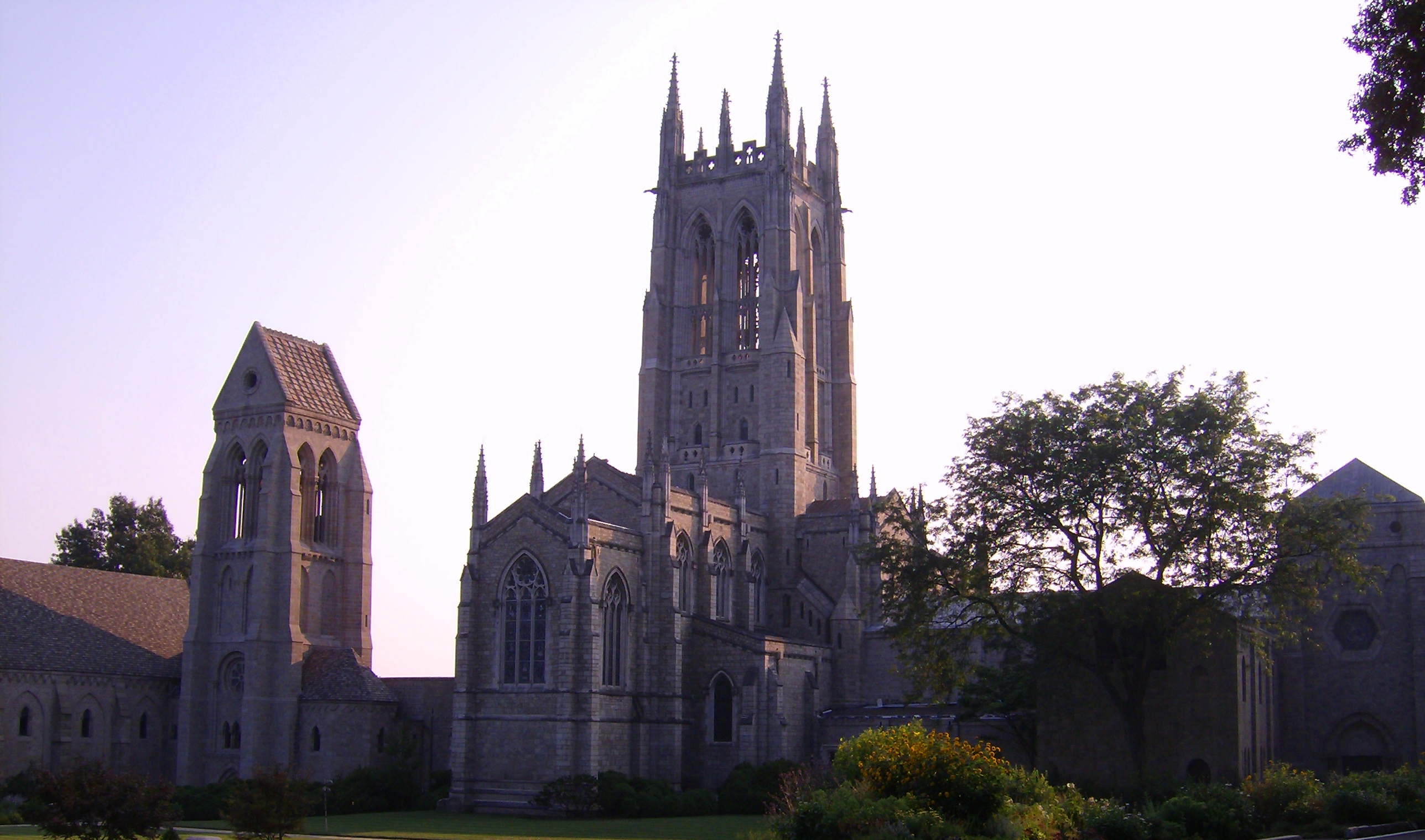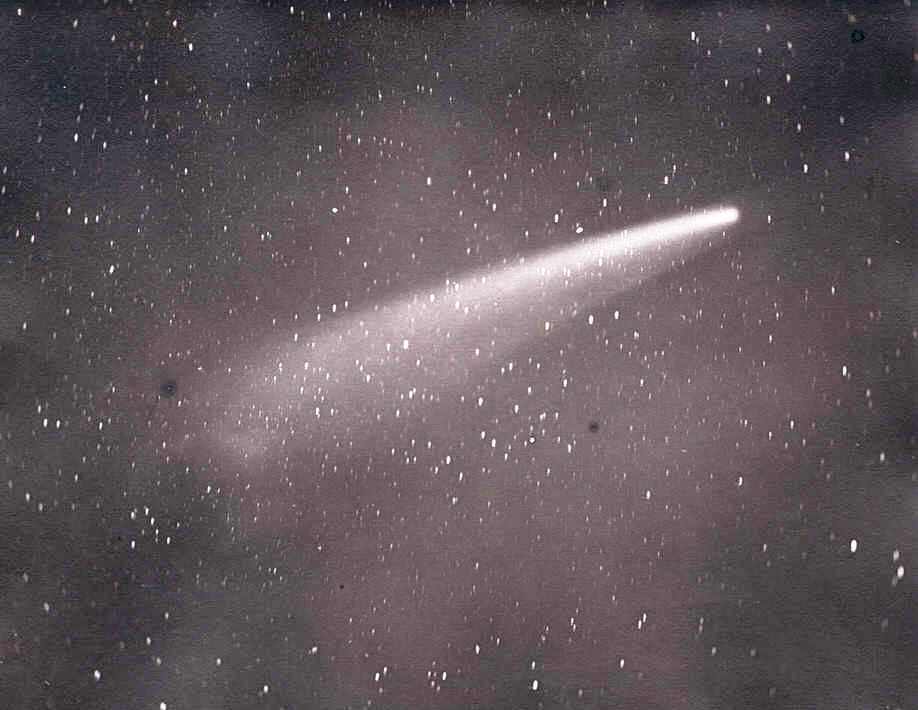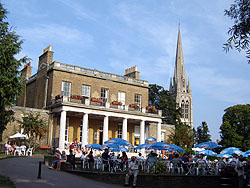|
Augustus Clissold
Augustus Clissold (c. 1797–1882) was an English Anglican priest. He is known as a Swedenborgian, who was active in later life publishing his views. Life Born in or about 1797, the fifth son of Stephen Clissold (1764–1834) of Stonehouse, near Stroud, Gloucestershire, he had Stephen Clissold the writer as an elder brother. He matriculated at Exeter College, Oxford on 6 December 1814, the same day as his elder brother Henry. He took the ordinary B.A. degree on 19 November 1818, proceeding M.A. on 13 June 1821. In 1821 Clissold was ordained deacon and in 1823 admitted to priest's orders by Thomas Burgess, Bishop of Salisbury. He held for some time the curacies of St Martin-in-the-Fields and St Mary, Stoke Newington. Clissold became a follower of Emanuel Swedenborg and withdrew from the Anglican ministry about 1840, but remained nominally connected with the Church of England to the end of his life. He continued to reside in Stoke Newington. He died on 30 October 1882 at his cou ... [...More Info...] [...Related Items...] OR: [Wikipedia] [Google] [Baidu] |
Swedenborgian
The New Church (or Swedenborgianism) can refer to any of several historically related Christian denominations that developed under the influence of the theology of Emanuel Swedenborg (1688–1772). The Swedenborgian tradition is considered to be a part of Restorationism, Restorationist Christianity. Swedenborg's writings focus on a narrative of Great Apostasy, Christianity's historical decline due to the loss of the "inner sense" of Scripture into a purely exoteric understanding of faith. In this state, faith and good acts become external displays motivated by fear of Hell in Christianity, hell, desires for material blessings, personal recognition, and other worldly things, devoid of true spiritual essence. Swedenborg also wrote extensively about Salvation through a process of "regeneration" (rather than through faith or acts alone), wherein individuals accept divine truth from the Lord into their "inner self" (or higher faculties), controlling the "outer" (or earthly) self by ... [...More Info...] [...Related Items...] OR: [Wikipedia] [Google] [Baidu] |
Swedenborg Society
The Swedenborg Society was founded in 1810 to translate and publish the works of Emanuel Swedenborg in English. Its original name was the London Society for Printing and Publishing the Works of Emanuel Swedenborg. The Society's headquarters, Swedenborg House, is a grade II listed building In the United Kingdom, a listed building is a structure of particular architectural or historic interest deserving of special protection. Such buildings are placed on one of the four statutory lists maintained by Historic England in England, Hi ..., built as a residence in about 1760 and acquired by the Society in 1925. References External links * * A short film about Swedenborhttp://www.cultureunplugged.com/ Clubs and societies in London Emanuel Swedenborg Organizations established in 1810 1810 establishments in England {{UK-org-stub ... [...More Info...] [...Related Items...] OR: [Wikipedia] [Google] [Baidu] |
English Swedenborgians
English usually refers to: * English language English is a West Germanic language that developed in early medieval England and has since become a English as a lingua franca, global lingua franca. The namesake of the language is the Angles (tribe), Angles, one of the Germanic peoples th ... * English people English may also refer to: Culture, language and peoples * ''English'', an adjective for something of, from, or related to England * ''English'', an Amish term for non-Amish, regardless of ethnicity * English studies, the study of English language and literature Media * English (2013 film), ''English'' (2013 film), a Malayalam-language film * English (novel), ''English'' (novel), a Chinese book by Wang Gang ** English (2018 film), ''English'' (2018 film), a Chinese adaptation * The English (TV series), ''The English'' (TV series), a 2022 Western-genre miniseries * English (play), ''English'' (play), a 2022 play by Sanaz Toossi People and fictio ... [...More Info...] [...Related Items...] OR: [Wikipedia] [Google] [Baidu] |
19th-century English Anglican Priests
The 19th century began on 1 January 1801 (represented by the Roman numerals MDCCCI), and ended on 31 December 1900 (MCM). It was the 9th century of the 2nd millennium. It was characterized by vast social upheaval. Slavery was abolished in much of Europe and the Americas. The First Industrial Revolution, though it began in the late 18th century, expanded beyond its British homeland for the first time during the 19th century, particularly remaking the economies and societies of the Low Countries, France, the Rhineland, Northern Italy, and the Northeastern United States. A few decades later, the Second Industrial Revolution led to ever more massive urbanization and much higher levels of productivity, profit, and prosperity, a pattern that continued into the 20th century. The Catholic Church, in response to the growing influence and power of modernism, secularism and materialism, formed the First Vatican Council in the late 19th century to deal with such problems and confirm ce ... [...More Info...] [...Related Items...] OR: [Wikipedia] [Google] [Baidu] |
1882 Deaths
Events January * January 2 ** The Standard Oil Trust (business), Trust is secretly created in the United States to control multiple corporations set up by John D. Rockefeller and his associates. ** Irish-born author Oscar Wilde arrives in New York at the beginning of a lecture tour of the United States and Canada. * January 5 – Charles J. Guiteau is found guilty of the assassination of James A. Garfield (President of the United States) and sentenced to death, despite an insanity defense raised by his lawyer. * January 12 – Holborn Viaduct power station in the City of London, the world's first coal-fired public electricity generating station, begins operation. February * February 3 – American showman P. T. Barnum acquires the elephant Jumbo from the London Zoo. March * March 2 – Roderick Maclean fails in an attempt to assassinate Queen Victoria, at Windsor, Berkshire, Windsor. * March 18 (March 6 Old Style) – The Principality of Serbia becomes ... [...More Info...] [...Related Items...] OR: [Wikipedia] [Google] [Baidu] |
1797 Births
Events January–March * January 3 – The Treaty of Tripoli, a peace treaty between the United States and Ottoman Tripolitania, is signed at Algiers (''see also'' 1796). * January 7 – The parliament of the Cisalpine Republic adopts the Italian green-white-red tricolour as their official flag (this is considered the birth of the flag of Italy). * January 13 – Action of 13 January 1797, part of the War of the First Coalition: Two British Royal Navy frigates, HMS ''Indefatigable'' and HMS ''Amazon'', drive the French 74-gun ship of the line '' Droits de l'Homme'' aground on the coast of Brittany, resulting in over 900 deaths. * January 14 – War of the First Coalition – Battle of Rivoli: French forces under General Napoleon Bonaparte defeat an Austrian army of 28,000 men, under '' Feldzeugmeister'' József Alvinczi, near Rivoli (modern-day Italy), ending Austria's fourth and final attempt to relieve the fortress city of Mantua. * Jan ... [...More Info...] [...Related Items...] OR: [Wikipedia] [Google] [Baidu] |
Clissold Park
Clissold Park is an open space in Stoke Newington, in the London Borough of Hackney. It is bounded by Greenway Close (to the north), Church Street (south), Green Lanes (west) and Queen Elizabeth's Walk (east); the south-east corner abuts St Mary's Old Church, now an arts venue. The park is 22.57 hectares (55.8 acres) in extent. The main building within its boundaries is the Grade II listed Clissold House, run as a cafe and events venue. The park's facilities include children's playgrounds, sports fields, a bowling green, a skatepark bowl, tennis courts, and a paddling pool. Other attractions include an aviary with assorted captive species, an enclosure of deer and goats, a butterfly dome, and two small lakes hosting wild ducks, geese, swans and other water birds. The park also comprises a short section of the New River, and the Capital Ring has some of its paths running through the park. Clissold Park received a Green Flag award in July 2008, and was substantially restore ... [...More Info...] [...Related Items...] OR: [Wikipedia] [Google] [Baidu] |
William Crawshay I
William Crawshay (1764 – 11 August 1834) was a British industrialist. Born in South Wales, he spent most of his life in London. He was the only surviving son of Richard Crawshay, one of the richest men in the United Kingdom. He had three sisters, including Charlotte, who married Benjamin Hall, also an industrialist, making William Crawshay the uncle of Sir Benjamin Hall, politician and reformer. William took over the Cyfarthfa Ironworks from his father, but it was never his primary concern, and he continued to live in London, where he took charge of the company's selling agency. Accessed 13 March 2013 He already had [...More Info...] [...Related Items...] OR: [Wikipedia] [Google] [Baidu] |
George Gaskin
George Gaskin (1751–1829) was a lecturer (assistant curate) at St Mary's Church, Islington, St Mary's, Islington for forty-six years, resigning in 1822, to become a prebendary at Ely cathedral, Ely Cathedral. He was also Rector of Stoke Newington and of St Benet Gracechurch, St Benet, Gracechurch. For a long time, he was secretary to the Society for the Promotion of Christian Knowledge. A street in Islington bears his name. Life The son of John Gaskin, a leather-seller (1710–1766), and of Mabel his wife (1707–1791), he was born at Newington Green, London. He was educated at a classical school in Woodford, Essex, and went to Trinity College, Oxford, in 1771. He proceeded B.A. in 1775, M.A. in 1778, and D.D. in 1788. He was ordained deacon in 1774, when he became curate of St Vedast, Foster Lane. He was then appointed to fill the vacant office of lecturer in the parish of Islington, a post which he occupied for forty-six years. In 1778 he accepted the curacy of the parish of ... [...More Info...] [...Related Items...] OR: [Wikipedia] [Google] [Baidu] |
William James Early Bennett
William James Early Bennett (1804–1886) was an Anglican priest. Bennett is celebrated for having provoked the decision that the doctrine of the Real Presence is a dogma not inconsistent with the creed of the Church of England. This followed the publication of his pamphlet ''A Plea for Toleration in the Church of England'' (1867) in the form of a letter to Edward Bouverie Pusey. Life Bennett was born at Halifax, Nova Scotia, on 15 November 1804, the eldest son of Major William Bennett, RE, and Mary Early, daughter of James Early, an officer of the 1st Royal Garrison Battalion. He was educated at Westminster School and Christ Church, Oxford (BA, 1827, MA, 1829). Having married in 1828, Bennett was ordained a priest by the Bishop of London on 6 June 1830. He initially served in 1830 as curate of Oxford Chapel (later called St. Peter's, Vere Street, London), but he soon moved to curacies at Holy Trinity Church Marylebone (1830–1833), followed by All Souls Church, Langham ... [...More Info...] [...Related Items...] OR: [Wikipedia] [Google] [Baidu] |
Tunbridge Wells
Royal Tunbridge Wells (formerly, until 1909, and still commonly Tunbridge Wells) is a town in Kent, England, southeast of Central London. It lies close to the border with East Sussex on the northern edge of the High Weald, whose sandstone geology is exemplified by the rock formation High Rocks. The town was a spa in the Restoration and a fashionable resort in the mid-1700s under Beau Nash when the Pantiles, and its chalybeate spring, attracted visitors who wished to take the waters. Though its popularity as a spa town waned with the advent of sea bathing, the town still derives much of its income from tourism. The prefix "Royal" was granted to it in 1909 by King Edward VII; it is one of only three towns in England with the title. The town had a population of 59,947 in 2016, and is the administrative centre of Tunbridge Wells Borough and in the parliamentary constituency of Tunbridge Wells. History Iron Age Evidence suggests that Iron Age people farmed the fields ... [...More Info...] [...Related Items...] OR: [Wikipedia] [Google] [Baidu] |
Stonehouse, Gloucestershire
Stonehouse is a town in the Stroud District of Gloucestershire in southwestern England. The town centre is 2.5 miles east of the M5 motorway, junction 13. Stonehouse railway station has a regular train service to London. The town is situated approximately 9 miles south of Gloucester city centre and 4 miles west of central Stroud, though following recent development it is partially contiguous with the Ebley district of Stroud. It includes the sub-villages of Bridgend (to the south) and Ryeford (to the east). History Stonehouse Manor Stonehouse appears in William the Conqueror's Domesday Book of 1086 under its Old English name “Stanhus” – so called, it is believed, because the manor house was built of stone rather than the usual wattle and daub. William de Ow, a cousin of William the Conqueror, owned the manor lands which included a vineyard, and two mills. The name may have evolved from ''Stanhus'' to Stonehouse : ''stān'' > stone + ''hūs'' > house, as an effect ... [...More Info...] [...Related Items...] OR: [Wikipedia] [Google] [Baidu] |






